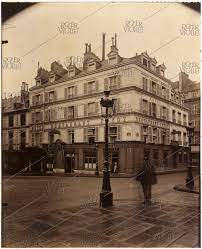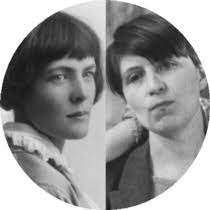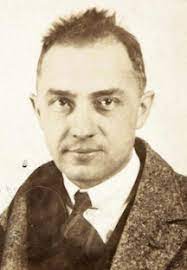Rehearsals are going well.
Paul Robeson, just turned 26, is playing the lead in The Emperor Jones by two-time Pulitzer Prize-winning playwright Eugene O’Neill, 35, a part originated three years ago by Charles Gilpin, 45.

Charles Gilpin in The Emperor Jones
But O’Neill and Gilpin fought so much, that when the Provincetown Playhouse decided to revive the play for a one-week run, they turned to Robeson, who is already scheduled to premier O’Neill’s latest, All God’s Chillun Got Wings, just two days after Emperor Jones ends. Chillun was supposed to have started last month, but the lead actress keeps getting sick, and the premiere had to be postponed.
Robeson has wanted to appear in an O’Neill play for the past few years, and now he is rehearsing two at the same time. And he’s really enjoying hanging out with theatre people, listening to O’Neill tell stories.
Robeson’s wife Essie, 28, comes to almost every rehearsal and keeps a diary. At first she was angry with Paul for his casual attitude to the Emperor Jones part. He seemed downright lazy about learning his lines, and the play is practically a 90-minute soliloquy!
Then one day he just threw himself into it. Essie read lines with Paul day and night, breaking them down to dig out their meaning, playing games and quoting them all day long. Essie’s Mom is staying with them, and she claims she has half the play memorized by now.

Paul Robeson in The Emperor Jones
The director, Jimmy Light, 29, has been working closely with Paul.
One day when Essie was there, Jimmy said to him,
Let yourself go, Paul. Don’t hold yourself in; you look as though you’re afraid to move.”
“I am. I’m so big I feel if I take a few steps I’ll be off this tiny stage.”
“Then just take two steps, but make them fit you. You must have complete freedom and control over your body and your voice, if you are to control your audience.”
On many occasions, Jimmy sits in the auditorium and lets Paul work the part out for himself, then sits down next to him on the stage and goes through the words, thought by thought. Jimmy told him,
I can’t tell you what to do, but I can help you find what’s best for you,”
Emperor Jones is set to open May 6th. Gilpin is planning to be in the audience, making Paul even more nervous.
Essie confides in her diary that the whole company seems “thrilled with Paul’s performance.”
O’Neill writes in his diary that Gilpin’s interpretation of the role was better, “except in last part.”
“Such Friends”: 100 Years Ago… is the basis for the paperback series, “Such Friends”: The Literary 1920s. Volumes I through IV, covering 1920 through 1923 are available at Thoor Ballylee in Co. Galway, and as signed copies at Pan Yan Bookstore in Tiffin, OH, City Books on the North Side and Riverstone Books in Squirrel Hill, Pittsburgh, PA. They are also on Amazon.com and Amazon.co.uk in print and e-book formats. For more information, email me at kaydee@gypsyteacher.com.
Mark your calendar! The Greater Pittsburgh Festival of Books returns to the Pittsburgh Theological Seminary in Highland Park on Saturday, May 11. Stop by the “Such Friends” booth in Writers’ Row.
This summer I will be talking about the literary 1920s in Paris and New York at the Osher Lifelong Learning Institute at Carnegie-Mellon University.
Manager as Muse, about Scribner’s editor Maxwell Perkins’ relationships with F. Scott Fitzgerald, Ernest Hemingway and Thomas Wolfe, is also available on Amazon.com and Amazon.co.uk in both print and e-book versions.
If you want to walk with me through Bloomsbury, you can download my audio walking tour, “Such Friends”: Virginia Woolf and the Bloomsbury Group.





















